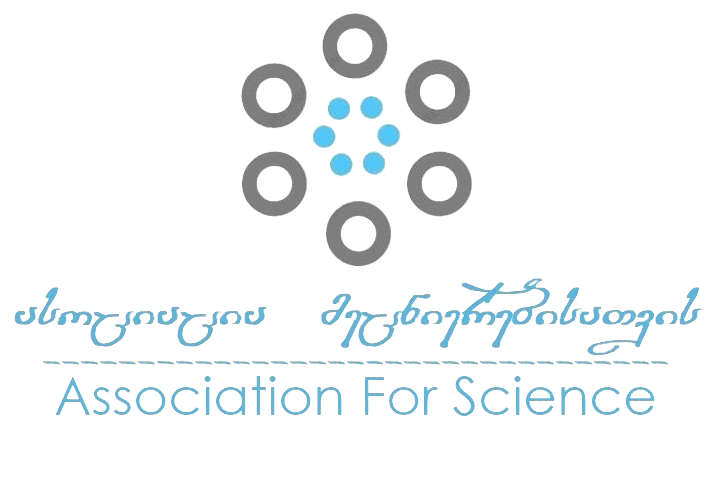"The Knight of the Panter's Skin" - Some Issues of the Turkish Translation
DOI:
https://doi.org/10.52340/idw.2021.511Keywords:
The Knight in the Panther's Skin, Translation, Turkish Translation, Realis, OmittedAbstract
Translation theory has gone some way towards becoming an independent discipline. The communicative direction of translation shows the importance of " fidelity " to the original texts and it is also essential to consider its cultural aspect. There is only a single completed Turkish translation of "The Knight in the Panther's Skin", which was translated by Dr Bylal Dindar and Dr Zeynelabidin Makas. In 1990, Dr Byblal Dindar was invited to Georgia for the scientific congress. It was then that he went to the Tbilisi State University where he discovered the different world language translations of "The Knit of the Panter's Skin". He became wistful when he could not find the Turkish translation. He thus decided to translate the poem into Turkish.In the translation process, Dr. Bylal Dindar utilized the French and Azeri translations of "The Knight in the Panther's Skin" translated by Sergi Tsuladze (French) and Ahmet Jevat (Azeri). The two translations are different, which is due to the differences between Christian and Muslim cultures, as well as different language systems and historical memory.The research discusses a topic of the Turkish translation of "The Knight in the Panther's Skin", in particular, the occasions of the word absences. Translation misses and does not translate the important Georgian realis (Changi, Molizghari, Tskluli, Mufarexi), The translation is missing and does not translate the important Georgian realis (Changi, Molizghari, Tskluli, Mupharexi), unless some of these realis have a Turkish equivalent (çeng, yara, ilaç), but the translator does not provide a translation. Similarly, the word omitting is confirmed in the synonyms and in the translation of the comparatives (Krdzalvit and Ridit, Qushad and Daghrejit, Ukadri), beneath which the author of "The Knight in the Panther's Skin" introduces another dynamism into the poem. This is why the Turkish translation has lost its dynamism while these synonyms and comparatives are not translated at all, thus simplifying the image of the dynamism of the text. Therefore, the Turkish translation does not have the same influence as the original text and is obscured to retell.
Downloads
References
კეკელიძე კ., ბარამიძე ა. (1987): ძველი ქართული ლიტერატურის ისტორია (V-XVIII სს.), თბილისის უნივერსიტეტის გამომცემლობა
Akdemir, A. (2007): Divan Şiirinde “Cünûn” ve “Mecnûn” Kavramları ile Bu Kavramların Fehîm-i Kadîm Dîvânı’ndaki Kullanımı, bilig , Ahmet Yesevi Üniversitesi Mütevelli Heyet Başkanlığı, Bahar, sayı 41
Agah Sırrı Levend, (2017): Divan Edebiyatı: Kelimeler ve Remizler, Mazmunlar ve Mefhumlar, İstanbul,
Dindar B., Makas Z. (1991): (Çeviri) Kaplan Postlu Şövalye; Eser Matbaasi, Samsun
Ferşadoğlu, S. (2013): Hüznün ilâcı, kederin düşmanı https://www.yeniasya.com.tr/saliha-fersadoglu/huznun-ilaci-kederin-dusmani_210049
Kuzucular, Ş. (2015): Çeng ve Çengi ( Divan Şiirinde Çeng ve Çengi)
Sefercioğlu, N. (2012): “Yazı ve Yazı İle İlgili Unsurların Divan Şiirinde Kullanılışı”.ErişimTarihi:17.08.2012 https://docplayer.biz.tr/28687895-Yazi-ve-yazi-ile-ilgili-unsurlarin-divan-siirinde-kullanilisi.html







